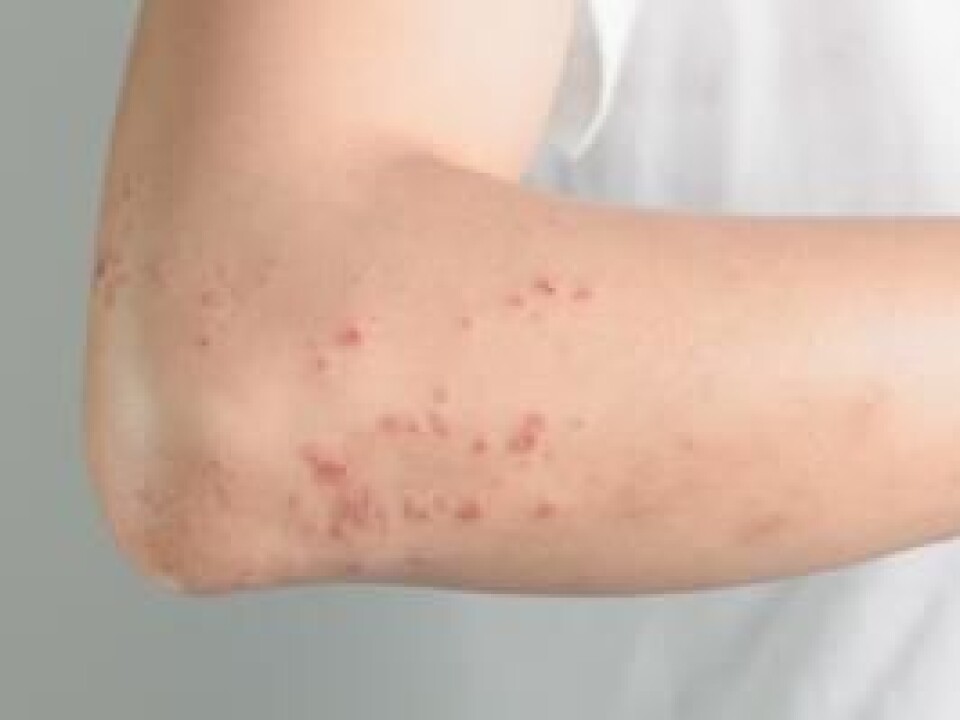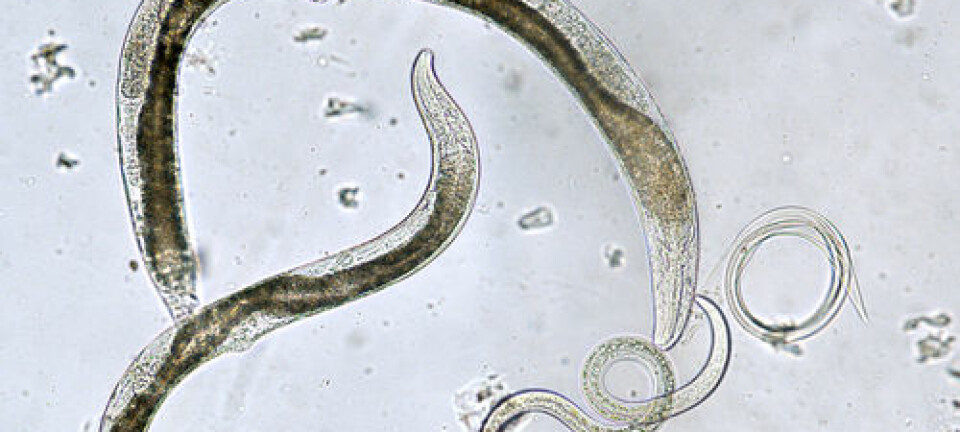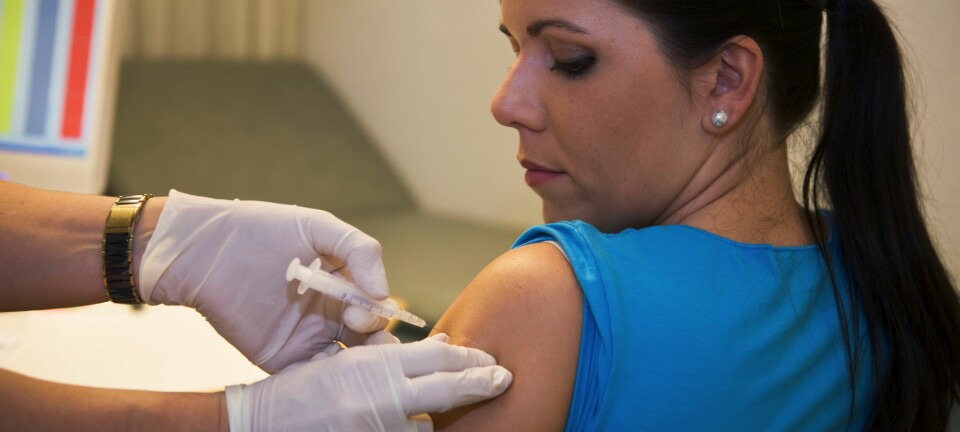
Scientists inject allergens directly into the immune system
Injecting allergens directly into the lymph nodes could provide a faster and easier way of preventing allergies.
Allergies develop when the immune system mistakenly identifies harmless substances known as allergens as dangerous and then initiates a chain reaction to defend the body against the “invaders”.
B-cells from the immune system will form a particular type of antibodies known as IgE. This makes all other immune cells immediately recognize the allergens as dangerous.
The immune system treats the allergens as if they were invasive parasites. They attack and aim to destroy them, even though they are completely harmless.
In this way, it is actually the immune system itself that causes allergic reactions. Immunotherapy is the only type of preventive treatment for such allergies.

A major breakthrough is underway in the use of immunotherapy – a form of treatment which seeks to affect the body's own immune system and thus leave it better prepared to fight other diseases.
The therapy aims to train the immune system in to tolerating the allergens.
Slow adaptation to the dangerous enemies
Professor Hans Jürgen Hoffmann from the Department of Clinical Medicine at Aarhus University, Denmark, has spent years studying the development of immunotherapy treatments for patients with allergies.
He explains how immunotherapy is used in connection with allergies:

"You put a small dose of the allergen under the skin. This is repeated over three to five years where we slowly increase the amount of allergen. In this way, the immune system gets used to tolerating larger and larger doses of the substance you are allergic to," says Hoffmann.
This method works rather well, although it does not completely eliminate the allergy. It just increases the immune tolerance to the allergens.
A major disadvantage is that the treatment takes place over three years and requires patients to receive injections at regular intervals.
It is necessary to have between 30 and 50 injections before the immune system has fully adapted to the allergens.
After each injection, the patient also needs to wait for around an hour to be sure that they do not suffer a severe allergic reaction, which in extreme cases could lead to a failure of the respiratory system.
"There are very few people who have the time for it," says Hoffmann.
Injections made directly into lymph nodes
Hoffmann is developing a method in which allergens are injected directly into the lymph nodes in the hope of encouraging more people to take up treatment.
Such an approach requires fewer injections and there is a smaller risk of suffering a severe allergic reaction after treatment.
The lymph nodes are located in various parts of the body, for example, under the arms and in the groin. They contain the white blood cells that make up the body's immune system.
"It makes the treatment much easier. I dream that in the future we’ll be able to go to schools and test children for allergies and then give the injections to those children who have allergies,” says Hoffmann.
Training Doctors to inject directly into lymph nodes
Hoffmann and his team of scientists at Aarhus University tested the method known as Intralymphatic immunotherapy (ILIT) on seven patients in 2013 to 2014. They found it was possible to perform the injections and that the treatment was effective.
Now, his team is performing a placebo-controlled trial, designed to determine whether four injections into the lymph nodes over two years provides a better effect than three injections over just two months.
A team of Swiss scientists from the University of Zurich have previously demonstrated that ILIT treatment has a minimum of three years effect.
-------------
Read the Danish version of this article on Videnskab.dk
Translated by: Catherine Jex










